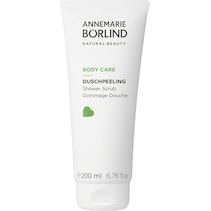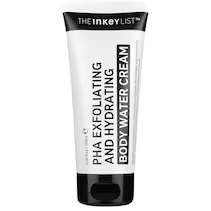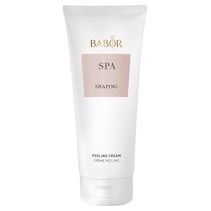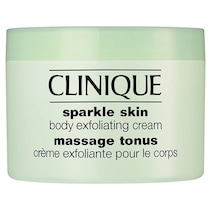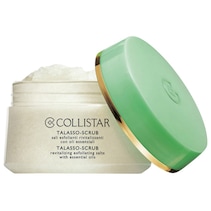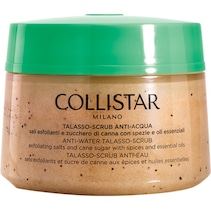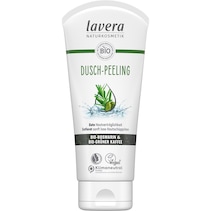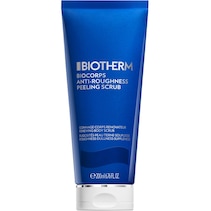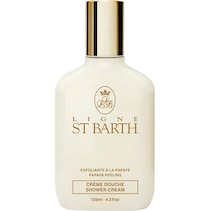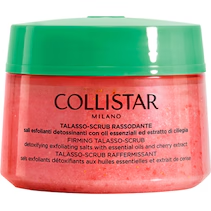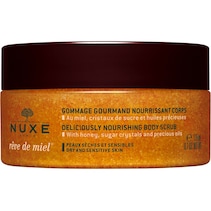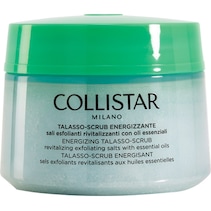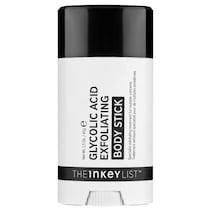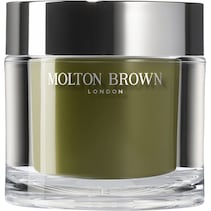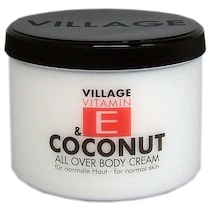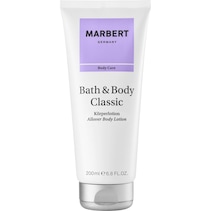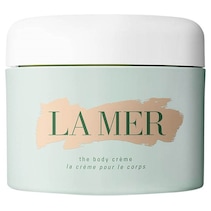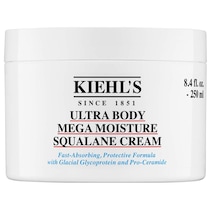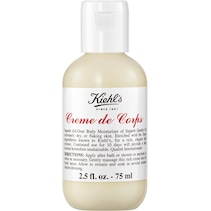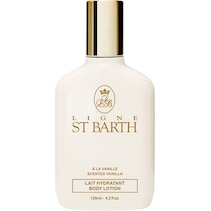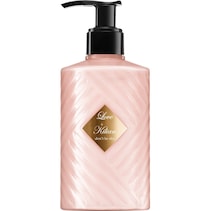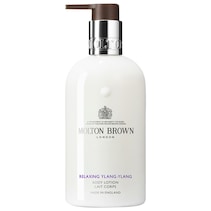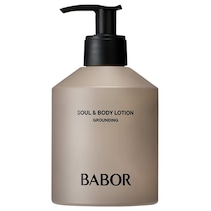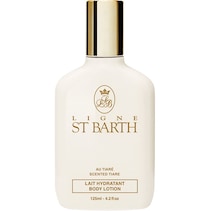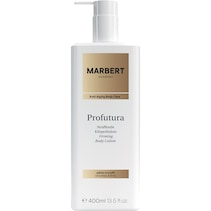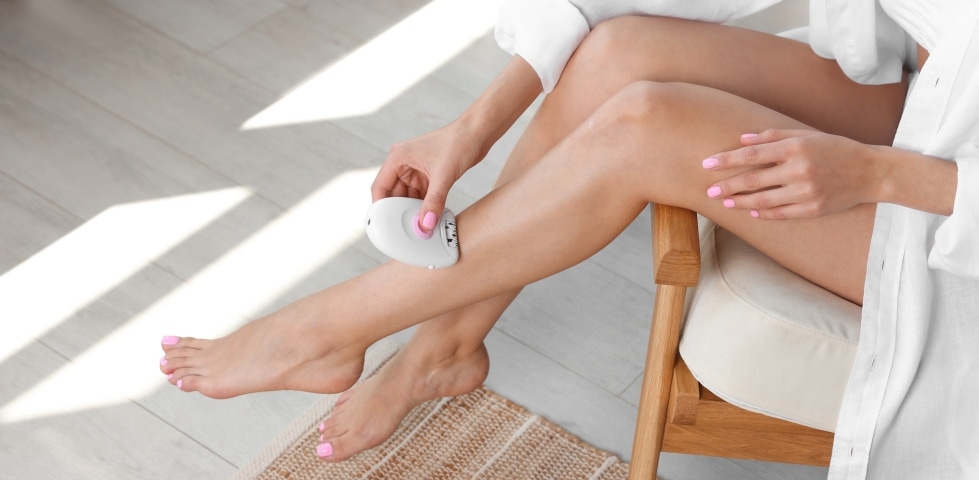
How to shave legs properly for silky smooth results
For many people, shaving their legs is part of their regular beauty routine. But what sounds so simple can lead to skin irritation, razor bumps or unsightly cuts. To achieve smooth and well-groomed results, it is important to prepare the skin properly, use suitable products and employ a gentle shaving technique. If you follow these steps, nothing will stand in the way of smooth, silky legs.
28 October 2025
Table of contents
Preparing the skin: The key to perfect leg shaving
Thorough preparation is essential for successful leg shaving. Before you start shaving, you should prepare your skin and the hairs on your legs optimally to minimise irritation and achieve a smooth result:
Wet your skin
Soak your legs in warm water for at least 3–5 minutes or shave at the end of your shower. The warmth and moisture soften the hair follicles and make the skin more supple, which makes shaving much easier and reduces the risk of cuts.
Perform a gentle peel
You should use a mild body peel about once or twice a week before shaving. This removes dead skin cells, prevents ingrown hairs and ensures a more even shave. Apply the scrub with gentle, circular movements and rinse thoroughly.
Body scrubs
Body scrubs
The right tools for shaving your legs
Choosing the right shaving tools has a significant impact on the result and the well-being of your skin. Here’s what you need to know:
Disposable vs. reusable razors
Both types have their advantages and disadvantages. Disposable razors are inexpensive and practical for travelling, but they quickly lose their sharpness. Reusable razors offer a longer service life and often a better shave thanks to replaceable blade heads, but they are more expensive to purchase. From an environmental perspective, reusable razors are also the more sustainable choice.
Make sure the blades are sharp
Regardless of your choice, it is crucial that the blades are sharp. Dull blades significantly increase the risk of skin irritation and cuts. As a rule of thumb: Replace the blade or razor after 5–7 uses at most.
Use shaving gel or foam
These products form a protective film on the skin, helping the blade glide over the skin and reducing friction. Even with a wet razor with an integrated lubricating strip, an additional shaving gel or foam offers more protection and should not be omitted.
Step by step: How to shave legs properly
With the right technique, shaving your legs properly is a breeze. Here are detailed instructions on how to do it:
- Apply shaving foam: Generously apply shaving foam or gel to your wet legs. Leave the product on for a short time so that it can soften the hair optimally.
- Start in the direction of hair growth: Start by shaving in the direction of hair growth. This technique reduces the risk of skin irritation.
- For a closer shave: For particularly smooth legs, you can carefully shave against the direction of hair growth in a second pass. Be particularly gentle when doing so.
- Use even, long strokes: Guide the razor over the skin with gentle pressure in long, even strokes. Avoid going over the same area several times.
- Take special care in difficult areas: You should be particularly careful around the knees and ankles. Bend your leg slightly to tighten the skin and shave these areas with extra care.
What about dry shaving?
Dry shaving also works in principle, but is not suitable for every skin type. It offers the advantage of speed and flexibility, as it can be done almost anywhere. However, it often causes skin irritation, and the result is usually not as smooth as with wet shaving. If you are in a hurry, we recommend using a special dry shaver with skin-friendly technology.
Aftercare for long-lasting results
Aftercare is just as important as preparation in order to avoid irritation and moisturise the skin. Be sure to rinse your legs thoroughly with cold water after shaving. This helps to close the pores and soothes the skin immediately after shaving.
Then gently pat your legs dry with a clean towel instead of rubbing them. Rubbing too hard can unnecessarily irritate freshly shaved skin. Then apply a soothing and moisturising body lotion or a special aftershave balm. Body care products containing aloe vera, chamomile or panthenol are particularly recommended as they have an anti-inflammatory effect and can strengthen the skin barrier.
Body lotions
Body lotions
Leg shaving tips: SOS for skin irritation
Despite all precautions, skin reactions can sometimes occur. If shaving has led to razor burn, cool the affected areas with a damp flannel. Then apply a soothing lotion containing aloe vera or chamomile and refrain from shaving again for a few days to give your skin time to regenerate.
Even the most careful shavers can suffer minor cuts. If you do injure yourself, first rinse the area with cold water. You can then use an alum stick to stop the bleeding. For deeper cuts, press a clean cloth onto the wound until the bleeding stops.
Regular peeling helps to remove dead skin cells and thus prevents ingrown hairs. If you already have ingrown hairs, gentle, circular massages with a soft body brush can help to remove them. Also, use a moisturising lotion after every shave and wear loose-fitting clothing to minimise friction. This can significantly reduce skin irritation.
Alternative methods of hair removal
Shaving is just one of many hair removal options. Depending on your personal preferences and skin type, the following alternatives may be of interest to you:
- Waxing: This method removes hair directly at the root, making it last longer. The disadvantage is the pain during application and the risk of ingrown hairs.
- Epilating: Similar to waxing, an epilator removes hair at the root, but with an electric device. The results of epilation also last for several weeks, but the process can be time-consuming.
- Permanent hair removal: Methods such as laser or IPL treatments can permanently reduce hair growth. They require several sessions and are more expensive, but offer the greatest time savings in the long term.
FAQ: Shaving your legs
Takeaway
Three key factors are important for a successful leg shave: proper preparation, a gentle and effective shaving technique, and the right aftercare. Only when all three steps are coordinated will your skin remain smooth, supple and free from irritation. Which products, tools or tips for shaving your legs are best for you is individual, as every skin reacts differently. Take the time to try out different options and observe how your skin reacts to them. This way, you will soon be able to shave your legs without any problems.


